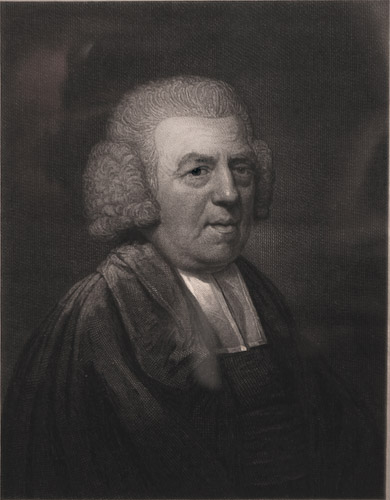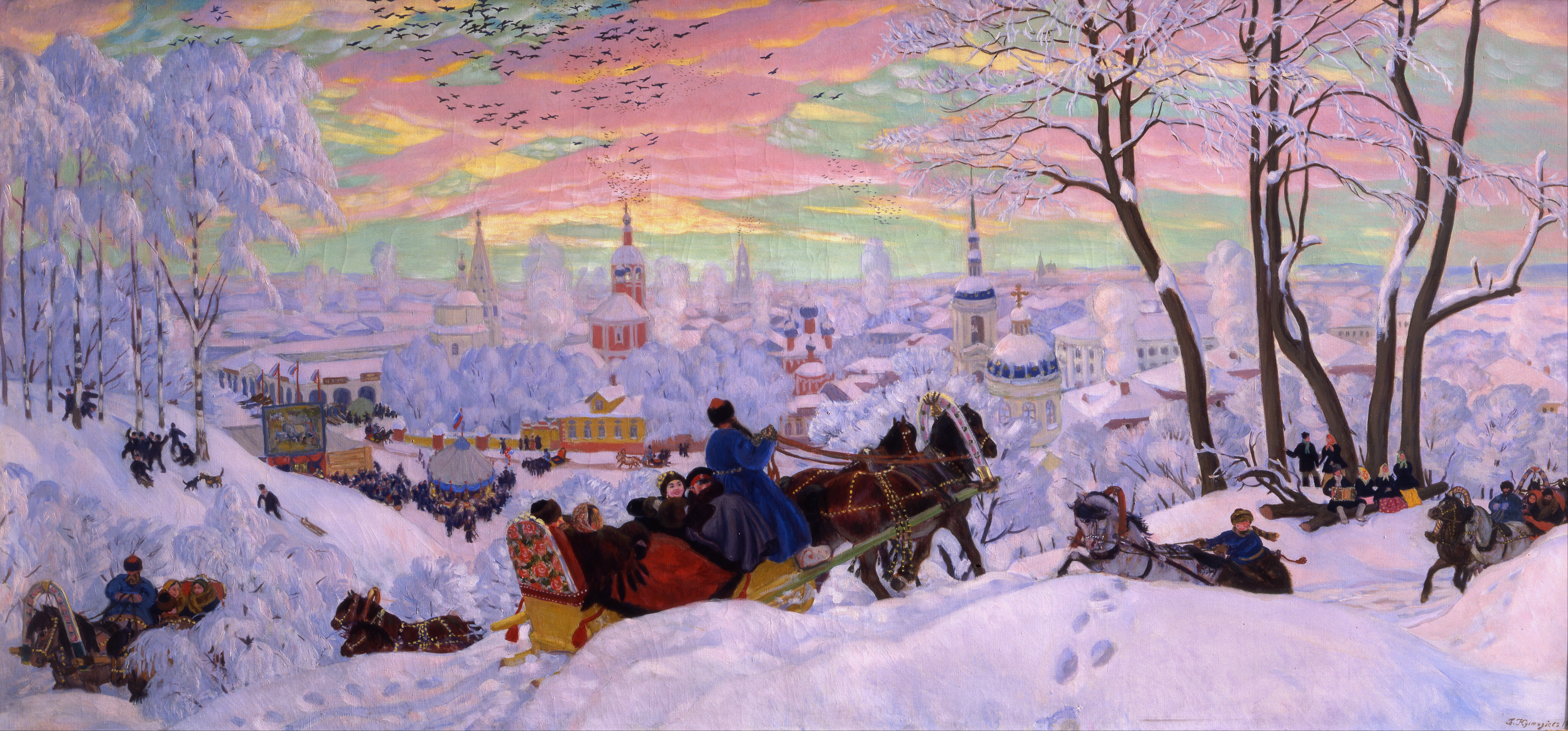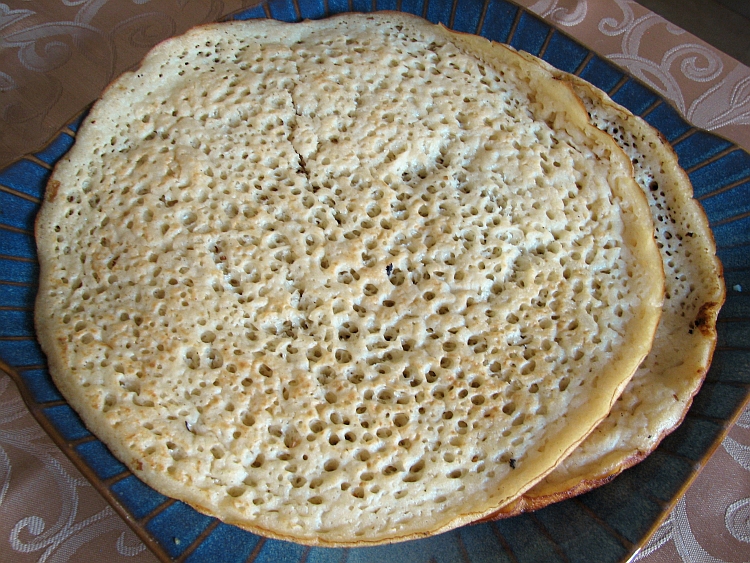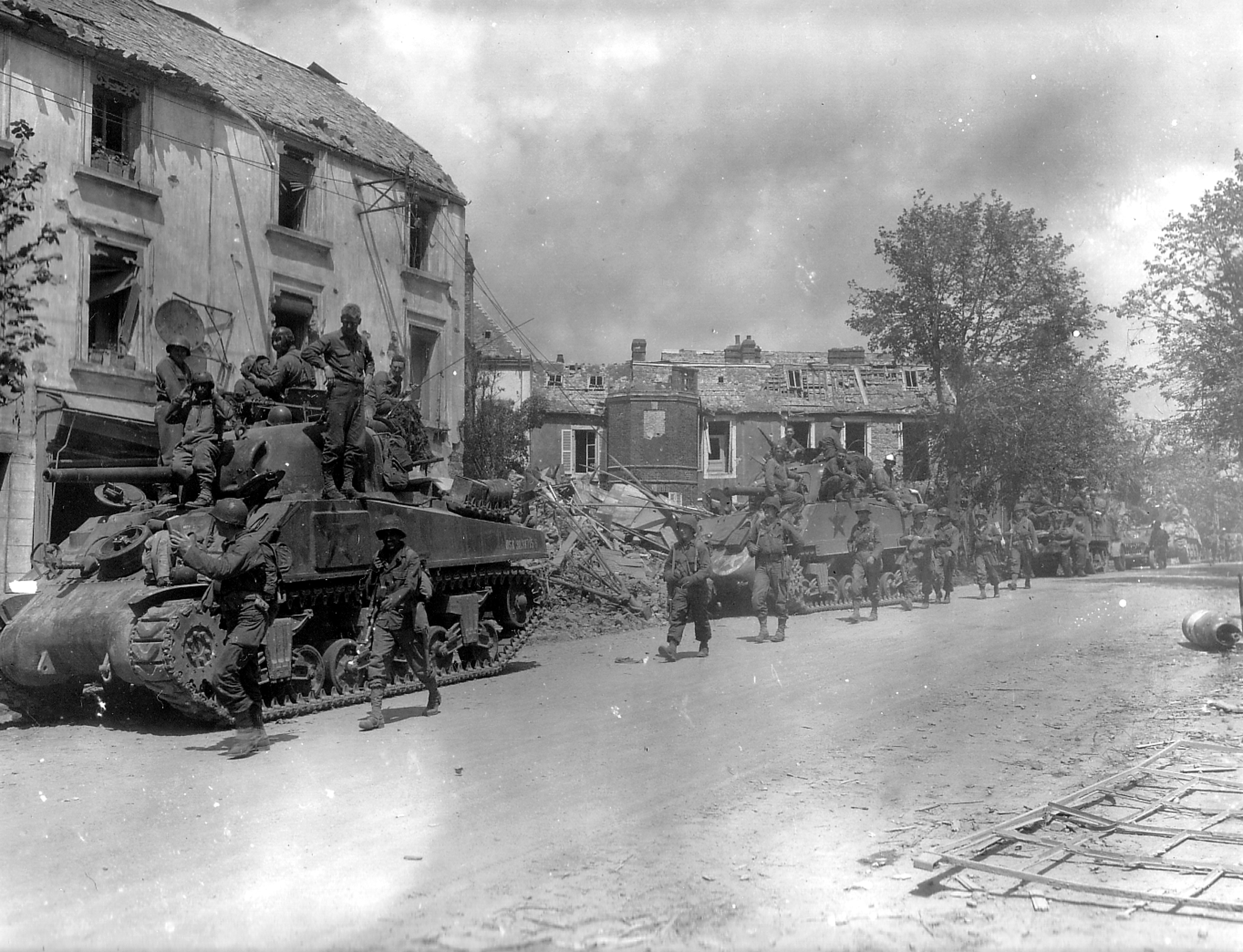|
Olney, Buckinghamshire
Olney (, rarely ) is a market town and civil parish in the unitary authority area of the City of Milton Keynes in Buckinghamshire, England. At the 2011 Census, it had a population of 6,477 people. It lies on the River Great Ouse and is the northernmost town in Buckinghamshire, close to the borders of Bedfordshire and Northamptonshire, and equidistant from Northampton, Bedford, Wellingborough and Central Milton Keynes. It is a popular tourist destination, perhaps best known for the and for the ''Olney Hymns'' by William Cowper and John Newton. History First mentioned as ''Ollanege'' (Olla's island) in 932, the town has a history as a lace-making centre. According to the Domesday Book the place, later called ''Olnei,'' was held in 1086 AD by Geoffrey de Montbray, Bishop of Coutances, as its overlord. During the English Civil War, Olney was the site of the Battle of Olney Bridge. In the late 18th century, William Cowper and John Newton collaborated here on what became known ... [...More Info...] [...Related Items...] OR: [Wikipedia] [Google] [Baidu] |
City Of Milton Keynes
The City of Milton Keynes is a unitary authority area with both borough and city status, in Buckinghamshire. It is the northernmost district of the South East England Region. The borough abuts Bedfordshire, Northamptonshire and the remainder of Buckinghamshire. The principal built-up area in the borough is the Milton Keynes urban area, which accounts for about 20% of its area and 90% of its population. The ONS's provisional return from the 2021 census reports that the population of the borough has reached approximately 287,000. History The local authority was created on 1 April 1974 under the Local Government Act 1972, as a District under the (then) Buckinghamshire County Council, by the merger of Bletchley Urban District, Newport Pagnell Urban District, Newport Pagnell Rural District and Wolverton Urban District, together with that part of Wing Rural District within the designated New Town area. The district council applied for and received borough status that year. It ... [...More Info...] [...Related Items...] OR: [Wikipedia] [Google] [Baidu] |
John Newton
John Newton (; – 21 December 1807) was an English evangelical Anglican cleric and slavery abolitionist. He had previously been a captain of slave ships and an investor in the slave trade. He served as a sailor in the Royal Navy (after forced recruitment) and was himself enslaved for a time in West Africa. He is noted for being author of the hymns '' Amazing Grace'' and '' Glorious Things of Thee Are Spoken''. Newton went to sea at a young age and worked on slave ships in the slave trade for several years. In 1745, he himself became a slave of Princess Peye, a woman of the Sherbro people in what is now Sierra Leone. He was rescued, returned to sea and the trade, becoming Captain of several slave ships. After retiring from active sea-faring, he continued to invest in the slave trade. Some years after experiencing a conversion to Christianity, Newton later renounced his trade and became a prominent supporter of abolitionism. Now an evangelical, he was ordained as a Church of ... [...More Info...] [...Related Items...] OR: [Wikipedia] [Google] [Baidu] |
Shrove Tuesday
Shrove Tuesday is the day before Ash Wednesday (the first day of Lent), observed in many Christian countries through participating in confession and absolution, the ritual burning of the previous year's Holy Week palms, finalizing one's Lenten sacrifice, as well as eating pancakes and other sweets. Shrove Tuesday is observed by many Christians, including Anglicans, Lutherans, Methodists and Roman Catholics, who "make a special point of self-examination, of considering what wrongs they need to repent, and what amendments of life or areas of spiritual growth they especially need to ask God's help in dealing with." This moveable feast is determined by Easter. The expression "Shrove Tuesday" comes from the word ''shrive'', meaning "absolve". As this is the last day of the Christian liturgical season historically known as Shrovetide, before the penitential season of Lent, related popular practices, such as indulging in food that one might give up as their Lenten sacrifice for the u ... [...More Info...] [...Related Items...] OR: [Wikipedia] [Google] [Baidu] |
Lent
Lent ( la, Quadragesima, 'Fortieth') is a solemn religious observance in the liturgical calendar commemorating the 40 days Jesus spent fasting in the desert and enduring temptation by Satan, according to the Gospels of Matthew, Mark and Luke, before beginning his public ministry. Lent is observed in the Anglican, Eastern Orthodox, Lutheran, Methodist, Moravian, Oriental Orthodox, Persian, United Protestant and Roman Catholic traditions. Some Anabaptist, Baptist, Reformed (including certain Continental Reformed, Presbyterian and Congregationalist churches), and nondenominational Christian churches also observe Lent, although many churches in these traditions do not. Which days are enumerated as being part of Lent differs between denominations (see below), although in all of them Lent is described as lasting for a total duration of 40 days. In Lent-observing Western Churches, Lent begins on Ash Wednesday and ends approximately six weeks later; depending on the Christian ... [...More Info...] [...Related Items...] OR: [Wikipedia] [Google] [Baidu] |
Pancake Day
A pancake (or hotcake, griddlecake, or flapjack) is a flat cake, often thin and round, prepared from a starch-based batter that may contain eggs, milk and butter and cooked on a hot surface such as a griddle or frying pan, often frying with oil or butter. It is a type of batter bread. Archaeological evidence suggests that pancakes were probably eaten in prehistoric societies. The pancake's shape and structure varies worldwide. In the United Kingdom, pancakes are often unleavened and resemble a crêpe. In North America, a leavening agent is used (typically baking powder) creating a thick fluffy pancake. A ''crêpe'' is a thin Breton pancake of French origin cooked on one or both sides in a special pan or crepe maker to achieve a lacelike network of fine bubbles. A well-known variation originating from southeast Europe is a ''palačinke'', a thin moist pancake fried on both sides and filled with jam, cream cheese, chocolate, or ground walnuts, but many other fillings—sweet ... [...More Info...] [...Related Items...] OR: [Wikipedia] [Google] [Baidu] |
Pancake
A pancake (or hotcake, griddlecake, or flapjack) is a flat cake, often thin and round, prepared from a Starch, starch-based batter (cooking), batter that may contain eggs, milk and butter and cooked on a hot surface such as a griddle or frying pan, often frying with oil or butter. It is a type of batter bread. Archaeological evidence suggests that pancakes were probably eaten in prehistoric societies. The pancake's shape and structure varies worldwide. In the United Kingdom, pancakes are often leavening agent, unleavened and resemble a crêpe. In North America, a leavening agent is used (typically baking powder) creating a thick fluffy pancake. A ''crêpe'' is a thin Brittany, Breton pancake of French origin cooked on one or both sides in a special pan or crepe maker to achieve a lacelike network of fine bubbles. A well-known variation originating from southeast Europe is a ''palačinke'', a thin moist pancake fried on both sides and filled with jam, cream cheese, chocolate, ... [...More Info...] [...Related Items...] OR: [Wikipedia] [Google] [Baidu] |
UK Olney (Pancake Sign)
The United Kingdom of Great Britain and Northern Ireland, commonly known as the United Kingdom (UK) or Britain, is a country in Europe, off the north-western coast of the continental mainland. It comprises England, Scotland, Wales and Northern Ireland. The United Kingdom includes the island of Great Britain, the north-eastern part of the island of Ireland, and many smaller islands within the British Isles. Northern Ireland shares a land border with the Republic of Ireland; otherwise, the United Kingdom is surrounded by the Atlantic Ocean, the North Sea, the English Channel, the Celtic Sea and the Irish Sea. The total area of the United Kingdom is , with an estimated 2020 population of more than 67 million people. The United Kingdom has evolved from a series of annexations, unions and separations of constituent countries over several hundred years. The Treaty of Union between the Kingdom of England (which included Wales, annexed in 1542) and the Kingdom of Scotland in 1707 ... [...More Info...] [...Related Items...] OR: [Wikipedia] [Google] [Baidu] |
Thomas Scott (commentator)
Thomas Scott (1747–1821) was an influential English preacher and author. He is principally known for his widespread work ''A Commentary On The Whole Bible'', for ''The Force of Truth'', and as one of the founders of the Church Missionary Society.Rumford, Gordon Bruce (1992). Thomas Scott's 'The Force of Truth': A diplomatic edition from the first and final editions with introduction and notes' (M. A. thesis) Wilfrid Laurier University Life Thomas Scott was born in 1747 at Bratoft in Lincolnshire, the son of a grazier (cattle farmer), the 11th of 13 children. His mother was better educated than his father and taught Thomas to read. He went to various small local private schools before being sent at the age of ten to a school in Scorton in Richmondshire, 150 miles away from home. Returning in 1762, he was apprenticed at 15 to a surgeon in nearby Alford, but was soon dismissed for bad conduct. He returned to the family farm in disgrace and he was reduced to working as a labourer f ... [...More Info...] [...Related Items...] OR: [Wikipedia] [Google] [Baidu] |
Cowper And Newton Museum
The Cowper and Newton Museum is a museum in Olney, Buckinghamshire, England, in the City of Milton Keynes. Celebrating the work and lives of two famous local residents: William Cowper (1731–1800), a celebrated 18th-century poet; and John Newton (1725–1807), a prominent slave trader (and subsequent abolitionist) who was curate in the local church. Together, Cowper and Newton wrote the ''Olney Hymns'', including one of the world's most popular hymns, "Amazing Grace". The museum is housed in a large red-brick Georgian house, called Orchard Side, on the corner of Market Place in Olney. History The Museum building is original to the Georgian era and is presented as it would have been when William Cowper was its resident in 1768 to 1786. Within the Museum's collections are the literary works and personal effects of William Cowper, showing a detailed insight into Georgian life and a fine collection of lace and local history artefacts. The history of Olney is also presented in th ... [...More Info...] [...Related Items...] OR: [Wikipedia] [Google] [Baidu] |
Battle Of Olney Bridge
The Battle of Olney Bridge was a skirmish that occurred on 4 November 1643 during the First English Civil War just outside the town of Olney, Buckinghamshire. In the engagement, Royalist A royalist supports a particular monarch as head of state for a particular kingdom, or of a particular dynastic claim. In the abstract, this position is royalism. It is distinct from monarchism, which advocates a monarchical system of governm ... forces attacked Parliamentarian forces holding the Olney bridge, but were driven off by a counter-attack.Paine, Captaine George, 'A true relation of all the skirmishes between our forces and the Cavaliers at Owlny', London 1643. British Library Thomas Tracts E.76 Legacy The Olney bridge where the battle took place remains in place, along with a memorial to the dead. References {{DEFAULTSORT:Olney Bridge, Battle Of Battles of the English Civil Wars 1643 in England Military history of Buckinghamshire Conflicts in 1643 17th ce ... [...More Info...] [...Related Items...] OR: [Wikipedia] [Google] [Baidu] |
English Civil War
The English Civil War (1642–1651) was a series of civil wars and political machinations between Parliamentarians (" Roundheads") and Royalists led by Charles I ("Cavaliers"), mainly over the manner of England's governance and issues of religious freedom. It was part of the wider Wars of the Three Kingdoms. The first (1642–1646) and second (1648–1649) wars pitted the supporters of King Charles I against the supporters of the Long Parliament, while the third (1649–1651) saw fighting between supporters of King Charles II and supporters of the Rump Parliament. The wars also involved the Scottish Covenanters and Irish Confederates. The war ended with Parliamentarian victory at the Battle of Worcester on 3 September 1651. Unlike other civil wars in England, which were mainly fought over who should rule, these conflicts were also concerned with how the three Kingdoms of England, Scotland and Ireland should be governed. The outcome was threefold: the trial of and ... [...More Info...] [...Related Items...] OR: [Wikipedia] [Google] [Baidu] |
Coutances
Coutances () is a Communes of France, commune in the Manche Departments of France, department in Normandy (administrative region), Normandy in north-western France. History Capital of the Unelli, a Gauls, Gaulish tribe, the town was given the name of ''Constantia'' in 298 during the reign of Roman Emperor, Roman emperor Constantius Chlorus. The surrounding region, called in Latin the ''pagus Constantinus'', subsequently became known as the Cotentin Peninsula. The town was destroyed by invading Normans in 866; they later established settlements and incorporated the whole List of peninsulas, peninsula into the Duchy of Normandy in 933. On 17 July 1944, during the Battle of Normandy during World War II, the city was bombed during the Allied offensive against the occupying Germans. Geography Climate Coutances has a oceanic climate (Köppen climate classification ''Cfb''). The average annual temperature in Coutances is . The average annual rainfall is with December as the wettest ... [...More Info...] [...Related Items...] OR: [Wikipedia] [Google] [Baidu] |
.jpg)






_-_geograph.org.uk_-_814607.jpg)

